A Plan for an “Airport Express” Suburban Railway System to the Bangalore Airport
The new Bangalore Kempegowda International Airport (KIA) has since its inception been the butt of jokes owing to its location. It is of course situated way outside the city, over the hills and far away at Devanahalli in Bangalore Rural district (Gangamuthanahalli to be exact, but forget it, many people have trouble getting the other name itself right). Uncyclopedia, for instance, describes it as a parking lot halfway between Hyderabad and Chennai at “Devareyelli” (literally meaning “where, oh God!”). However, it is not actually a joke that you can reach Chennai faster from Bangalore if you drive or take the train (conditions apply). Depending on the time of the day and centimeters of rain, it can take anywhere from 2 hours to 2 days to reach the airport from Bangalore.
Jokes apart, Bangalore’s airport is a case-study in planning failure, just like any major large infrastructure project in India. The airport was planned to be located far away from the city to reduce congestion and noise in the city, because why should a quiet farmland locality miss out on all the fun? It was only when the airport was nearing completion did the great minds in charge of its planning realize that the only way to reach the airport was along the then alleged National Highway 7, about as wide and in the same shape as 7th cross, Malleshpalya. So, there was no way one could reach the state-of-the-art, modern airport. Creating a dedicated accessway to reach the airport, you know, like a road, had completely slipped everyone’s mind as they probably expected people landing at the airport to catch a connecting flight to Chennai and then take a train back to Bangalore, which was anyway easier. Once they realized this, they immediately started work on an expressway connecting the city to the airport! LOL, nope, just kidding. They, of course, started finger-pointing, mud-slinging and shouting at each other.
How Bangalore Airport was to be Connected to the City
The primary suggestion to enable connectivity to BIA from Bangalore was a road, of course, because everyone knows that there is no other way than by car that important people travel to the airport. To satisfy everyone who were arguing for a normal/elevated/access controlled/open access/free/tolled highway, in the end the “airport expressway” turned out to be in part elevated access-controlled highway, part at-grade expressway and part normal highway with openings in the median, tolled in its entirety, of course. For many years the road remained part potholed two-lane tarmac, part narrow detour bottlenecks, part what looked something like a minefield. The six-lane highway was eventually completed in parts, immediately taken over by hookers and drag racers. It was only six years after the airport opened could one finally reach the airport from the city without hassle, but it still took 2 hours. While all this was going on, plans to build new rail-based transport solutions to the airport from the city were underway as well, which is surprising because it is not every day that people and planners in India, especially the elite, choose to choose trains over cars.
The first plan was for a “high-speed rail link” to the airport. The idea of an airport Bullet Train was so breathtakingly radical that its planning process was completed in record time. The line would for some reason start from Cubbon Park at Minsk Square and then run along the (new) airport road with stops at Hebbal and Yelahanka to cover the 33 km to the airport in 20 min at 160 kph. There there was a lot of noise and that was it. We have heard nothing of the Airport HSR since 2011 and as of today, city planning officials both confirm and deny that the project is no longer being considered, demonstrating a clear example of Heisenberg’s Uncertainty Principle.
Then someone asked, “Hey, we are anyways building a Metro! Why not extend it to the airport?” But of course! So a parallel planning process for a Metro line was initiated. As per latest update, this would run from Nagawara to the airport, costing 50 million and to be ready in a decade, by 2025. Bangaloreans have heard a lot of such deadlines, and 2025 is way too optimistic. 2050 would be more like it, not because it took ten years for various governments of Karnataka to complete existing railway lines, because, after six years of planning, they still can’t decide on the route for the Airport Metro line! Now, they have asked the public to help them decide on a route. Anyway, by the time they come around to building the thing, all oil will be exhausted and humans will be traveling by quantum tunneling.
Meanwhile, the Karnataka government added to the mess and joke when in all its wisdom they announced the building of a “steel flyover” along the new airport road, because, why the hell not? This will require demolishing and relaying much of the present road that was built after a lot of demolishing and relaying, not to mention cutting eight hundred of Bangalore’s biggest and oldest trees. And of course, this one is planned to be built along the same stretch earlier earmarked for the airport HSR! It would’ve shocking if it wasn’t planned that way.
The Steel Flyover: The plan is to spend Rs.1800 crore to build a flyover made of steel starting at Basaveshwara (Chalukya Hotel) Circle and ending 6.7 km later at Hebbal. The flyover will come up along the present Bellary Road. It will include up and down ramps along various locations, including one to the Vidhana Soudha area. The steel flyover, not to mention being ugly, will cause untold destruction to Bangalore’s flora and fauna and will officially end the city’s status as the “AC City”, as it will cut all the trees that are the “compressors” of this AC City while simultaneously increasing temperatures in the city. The project has sparked massive public outrage among residents of the city, but the government is unperturbed and wants to go ahead with it at any cost!. There are plenty of projects stuck at various parts in the city for want of funds, but they have money to spend on this! This abomination of a steel flyover is only meant to make the travel of our mighty elected “kings” to the airport easier and maybe to enable some to make some money on the side. It is incredible that the residents of the city have no say on how they are governed!
Flyovers have never solved any traffic problems anywhere and if that was their real intention, they would’ve built a Metro line instead, because only mass transit can solve congestion problems. Bangalore needs more public transport and not flyovers, much less a steel one. But do we expect MLAs and Ministers to travel in trains? As for the steel flyover, Bangalore is firmly in the grip of the automobile mafia of manufacturers, dealers, operators and ancillary industries, which is why it is the least developed state in India when it comes to railways and fed the “car dream” at every turn. #SteelFlyoverBeda!
So, which among these is the most ideal for Bangalore? Hint: It involves rail 🙂
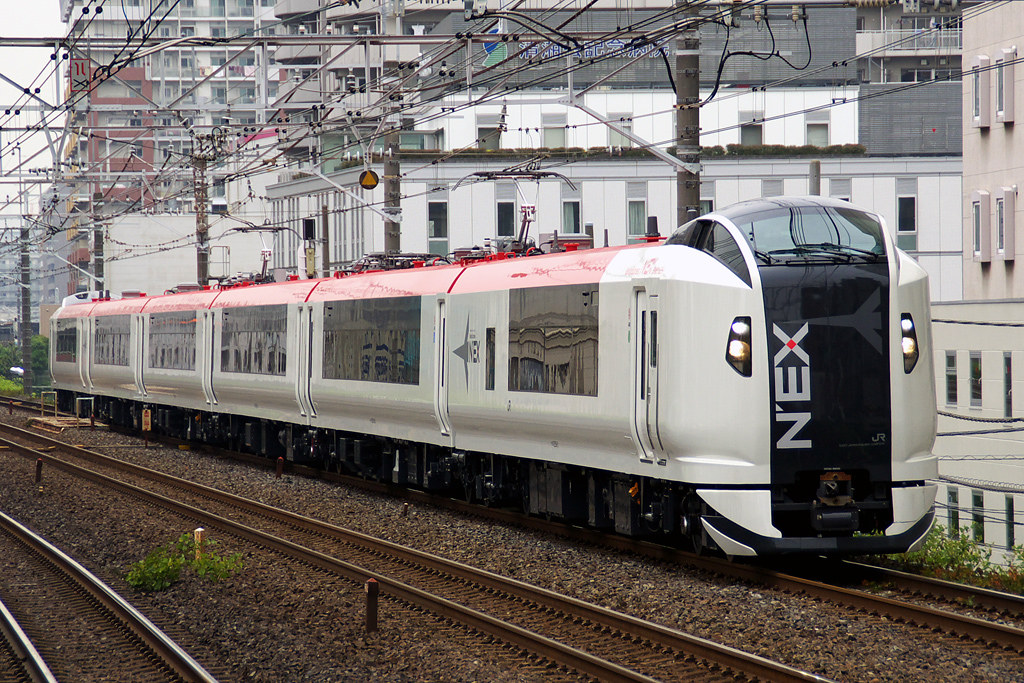
Why Airports Should be Connected Primarily by Rail
As airports need hundreds of acres of land to build terminals, aprons, runways, taxiway, terminals, fuel farms, cargo facilities, parking and so on making them small cities within themselves, and because no one wants to live near 24-hour ear-bursting noise and pollution, large international airports are almost always located outside cities. This also necessitates large-scale transport facilities between airports and cities. And there is no question that rail-based transit systems are the most effective, efficient and economical way for this (unidirectional bulk passengers), which is why airports in all modern countries will always have railway stations directly serving them. But in India, barring Delhi, no other airport has a mass public transit system serving it, making ours probably the only country which does not have rail as the primary airport transporter! Indians give the airport train a miss even if it is as opulent and comfortable as Delhi’s Airport Express. Car obsession aside, there are some other reasons for this.
Trains serving an airport make the most sense when flying is (part of) a commute, but flying in India is anything but a commute. Everything in this country is associated with class or caste and so most actions of people in India is dictated by the urge to assert and display their “higher” status. Most Indians, even frequent travelers, consider traveling by air a status symbol exercise because it automatically suggests you are wealthy and hence “higher”. Flyers in India consider the trip to/from the airport a part of that exercise and choose to travel by taxi or take a drop/pickup rather than a train or bus as public transport in India is associated with the less privileged. And let us not forget that flying (abroad) is the greatest momentous occasion of one’s life, to celebrate which the traveler’s entire family, clan, tribe, mohalla, and village will descend upon the airport in the big city to see them off. And then comes the propensity of Indians traveling heavy with tons of luggage, which makes transport by train inconvenient. However, this is changing fast with the rise of domestic business air travel.
Airport Rail Transit Models and their Feasibility
While it is laudable that the planners did consider rail-based transit modes for Bangalore airport, these solutions currently in the offering will end up total boondoggles which will be useless for anyone if implemented as planned. This is because the rules of airport transit are different from other transit types. The transit map to the airport of a circular city like Bangalore and Hyderabad which have their airports far outside the city must mostly have to be hub-and-spoke and in most cases will look like a tree, and will always be terminating points of travel as source/destination of everyone will be the airport. Given all this, both the HSR and Metro as they are planned, designed to be linear point-to-point options between the airport and the city will end up white elephants as they will be useless for a majority of the city or unusable in terms of speed and distance.
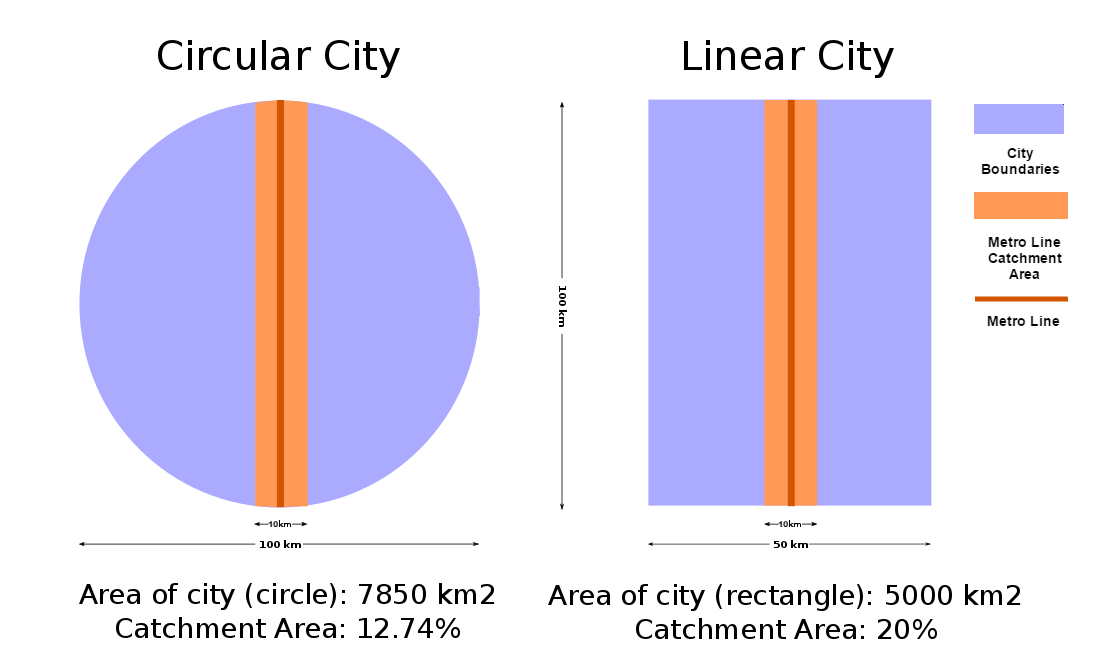
Building a straight-line rail line (HSR or Metro) between an airport and one point in the city might work for a linear city like Mumbai or Dubai, but will prove to be mostly useless for a circular city like Bangalore or Delhi as its catchment area will be only a small percentage of the city compared to that of a linear one (above), irrespective of the size of the city. The HSR is the worse choice among the two because added to the above fact, it’s route and destination will simply serve no one traveling to the airport. Why would all people coming from the airport want to go to Cubbon Park? Does everyone who fly live exclusively on and around MG Road? Even with hypothetical interfacing with the Metro at Yelahanka and Hebbal, this won’t work. It will have only 12 km running inside the city (Yelahanka to Cubbon Park), with a catchment area of only 120 km, around just 10% of the city, passing through no major residential, financial, commercial or business centers other than the CBD, which these days account for not much business anyway. There is no catchment area all the way from Yelahanka to Cubbon Park, everyone in Bangalore lives elsewhere! In comparison, the 52 km red line of the Dubai Metro serves 520 sq.km or a whopping 40% of the metropolitan area of Dubai’s 1287 sq.km, passing through the city center, many residential areas, and most of the city’s high-profile business, financial and shopping/commercial districts.
The same goes for a single metro line to the airport. If the airport metro were to be planned as a dedicated line with no stoppages between the city and the airport, it will only end up a slower airport HSR with different rakes, an elitist showpiece, because the purpose of a Metro rail line is to provide fast intra-city commutes with stations every 3-4 km on an average. But constructing such a line over long distances to the airport will end up being shunned by airport travelers because of frequent stops, overcrowding, and average slow runs. If priced properly, it will be immensely beneficial for local people, though. If built, both Bangalore airport HSR and metro will only fail because they will only be duplicating all the mistakes of the infamous Delhi Airport Express, a living showcase to the failure of a building a linear airport line in a circular city.
If not both of these, what could be the ideal model for a rail based system? The ideal system would have multiple railway lines diverging from the airport and then branching out to various points of the city, covering as much as possible. And we don’t have to go anywhere far searching for such a model but look at BMTC’s highly successful Vayu Vajra airport Volvo bus service, the model which is to be emulated. Fine. So let us build such a Metro system? Well, that is the idea, but in fact is that is not needed. See, we already have such a model and network and system whose basic infrastructure is already almost 90% in place! As opposed to fancy projects that have not even got off the drawing board, we need not look for land acquisition, tendering, planning or building much, because an efficient, economical and comfortable way to the airport from various points in the city could be open to service in maybe a couple of months if those who matter put their minds to it!
Of course, this is about a suburban train network to the airport, the one no one was talking about when they were salivating about the money express highways, Bullet Trains, and metro lines would bring to fill their pockets, which could’ve solved a lot of Bangalore’s airport transit problems in one stroke.
It is also about understanding your customer needs and their psyche. When you travel to the airport, time is everything, and the tense and jumpy travellers would not for their world want to introduce even the tiniest bit of uncertainty about how they reach the airport. And those coming from the airport are usually haggard, tired or in a hurry and want to get to their destinations (home or office) as soon as possible with the least drama. And then there is the entire question of luggage. Airport transit passengers do not want to deal with transfers or services that do not take them directly to the airport. Hence the most reliable and dedicated solution is always preferred for airport transit. And this is also why we need a dedicated suburban “Airport Express” system to connect Kempegowda International Airport.
The Bangalore KIA Airport Express Suburban Railway System
The Bangalore area has an existing, extensive network of around 300 km of 1676 mm Broad Gauge railway owned and operated by the South Western Railway zone of Indian Railways, utilized to run passenger and freight trains. The people of Bangalore have been crying for ages asking authorities to develop a suburban railway system akin to the ones in Mumbai or Chennai for the commuting public. The same network can be used to develop a commuter train network to the airport as well. You will understand how glaringly obvious it is that such a system should be the natural choice for an airport transit system when you can see that a railway line, the Yelahanka – Chikkaballapur – Kolar line passes only 8 km away from the airport! From Yelahanka, lines branch out towards Yeshwantpur and Krishnarajapuram. Yes, trains via that line can connect to the rest of the city! Just glance over to your left while on the trumpet interchange on your way from the airport.
The airport suburban railway network, dubbed “AirportRailu”, planned on the lines of Namma Railu, Bangalore’s dream suburban commuter railway system can consist of four lines to the airport running from different points in the city: from Ramanagara on Mysore Road, Tumkur, Hosur, and Bangarapet, all converging at Yelahanka to reach the airport from there. the lines can branch off at the trumpet interchange and run alongside the road until a station at the cargo terminal, after which it can go underground to reach its final station underneath the airport terminal. The cargo terminal station can be used not only for employees but for cargo movement as well, which is why it can be planned at grade. The trains could stop at all stations served by the suburban rail. So here it is, the Bangalore Namma Airport Express Rail plan!
The network consists of four lines, A1 through A4, serving a total of 58 stations across five districts of Karnataka and one station (Hosur) in Tamil Nadu. The project will, however, need a lot of upgradation, improvement and work on existing tracks and stations, not to mention the new double track line from trumpet to the airport, a station and yard with loading facilities for cargo and an underground station with all facilities under the airport. Check the proposal for a Suburban railway system for Bangalore to know more details about what infrastructural upgrades are required for suburban rail lines to run on the existing network. And of course, these trains will sync with Namma Metro, Namma Railu and BMTC at various points on the system. This is not an alternative to the Metro. It is the best and most viable option that could be implemented.
Trains on the network will all consist of six-car EMUs with baggage loading facilities. Trains will run on cyclic timetables at fifteen-minute intervals so that one train to a certain destination will depart/arrive once every hour. The details of the four airport express lines are pretty much self-explanatory. Click on the header bar to view details about the lines.
This line will originate at Ramanagara on Mysore Road and will run through Bangalore City junction and on along the mainline to Chennai passing Cantonment, and Bayyappanahalli, after which it will then take a left turn and continue on along the CSDR-YNK line to reach Yelahanka, from where it will join the other two lines coming along the YPR-YNK line to go to the airport.
A2 will start from Bangarpet and run via the much crowded Whitefield-Krishnarajapuram line, stopping at all stations in between. It will then turn right after KJM at the CSDR triangle to join the A1 line on the CSDR-YNK line and go onwards to reach the airport. It will stop at every station en route until Yelahanka. Expected passengers will be from Bangarpet, Malur, Whitefield, KR Puram and all along the outer ring road, the “IT belt” and will run quite crowded as it attracts most business travelers.
The A3 line will run from Tumkur to Yeshwantpur, reverses direction and runs via Kodigehalli to reach Yelahanka and onwards to the airport. This line will be aimed at the rapidly developing and highly industrialized north Bangalore regions and also the people of the Tumkur, Kunigal regions and surroundings to travel hassle free to the airport.
A4 starts from Hosur and runs along the Anekal-Carmelaram line to reach Lottegollahalli and then turns on to the YPR-YNK line to run alongside the A3 line to Yelahanka and then onwards to the airport. It will serve passengers from Marathahalli, Banaswadi, and surroundings, where new stations have to be constructed.
Imagine you need not drive to the airport. You needn’t worry about a truck rear-ending your car on that death trap of a flyover. You needn’t worry about anything but sit in an air-conditioned train that will take you directly to wherever you want to go, with predictable timings, without the uncertainty of traffic jams and accidents and without the hassle of calling cabs and waiting for them, looking at number plates of each passing car. That is what the airport express “AirportRailu” railway system will be. But sadly, it will only remain that dream.
Will Bangalore Ever Have a Suburban Railway System?
It is a no-brainer that suburban rail and metro trains is what Bangalore desperately needs. Still, building a new railway line of any kind from the airport to the city is an utter waste of time and money because it will only be duplicating the existing system! It is like building a new highway parallel to an existing highway because the old one did not look good enough. But still, after so much pressure from citizens and outcries from all quarters, government agencies have kept a stoic silence about suburban railways for Bangalore. Why do they decide to spend millions of Rupees on fancy projects that will take decades to complete, when there is an already built, ready-to-use fully developed system right there for their taking? Shouldn’t they be saving money? Any way you look, this project will cost not even a fraction of what it would cost to build an expensive, brand new system! But that is the problem, isn’t it? That is why the government is so desperate to promote the steel flyover instead of commuter rail, isn’t it?
If an average hack like me can identify these opportunities and make suggestions, do you think our super-intelligent rulers can’t? Of course, they do, but ignore it on purpose. Many Indians naively believe that those who make plans and policies do so in best interests of cities and to make the country more livable at the least cost and so on. See, all projects in Indians cities are conceived and planned unilaterally by its elite ruling class with the sole aim of serving ends and interests of theirs and their cronies, and above all, preserve their elite status. They usually have no such “soft” feelings such as care about the city or its future or its citizens or how these projects will improve their lives. Most of the so-called experts in charge of city planning seem to know jack about what transit and the associated science are but seem to be experts at only awarding contracts and making money off it. This is why factors like usability, sustainability, future-proofing, expansion, efficiency and so on, the least of which cost-effectiveness are given no thought while planning urban projects in India.
Projects are in India are always decided on the basis of the money involved and how much everyone involved stands to make. Rail projects give poor returns as they is technology-driven and deviations can kill large numbers of people, while for road projects, where everything is open-ended and an opportunity to cut corners are virtual goldmines. This is why road projects are preferred and insularly decided on a piecemeal basis (a flyover here, an underpass there) rather than integrated master plans for a city because master plans ruin future case-to-case basis money making opportunities. If you tell them “but a suburban railway line will save the government thousands of crores of rupees!“, they will only laugh at you because they don’t care about the government’s (people’s) money. Elite rulers have long since lost touch with their people and consider themselves to be rulers by divine right rather than by democracy, far away from their subjects whose voices they are unobligated to hear, whom they view as uninformed irritant slaves meddling in their grand plans instead allowing to be “ruled” as they are for their own good. And this is not something unique to India but a global phenomenon.
India always seems to devote money and effort to projects that serve a few privileged people rather than those that serve masses. In this example, we are going to spend Rs.1800 crore that will (maybe) benefit only elite car owners, only around 10% of Bangalore’s population, rather than spending Rs.100 crore that will definitely serve all of Bangalore’s people! India is a poor country. We MUST stop subsidizing car owners! Private car driving is the biggest drag on our resources.
The Steel Flyover is a good example of all this, the fact that there is no suburban railway for Bangalore is another. This is also why our cities are such chaotic, decrepit messes where nothing seems to work, where useless flyovers are built that either goes nowhere or have signals on top of them. If we do not design sustainable transportation solutions for Bangalore, the city will soon die, but those who killed it will be happily enjoying their spoils with a retired life in some prosperous country while common people like us will be left holding the stick. When other cities and countries will have surged ahead with autonomous cars and 200 kph metro trains, we will be still stuck at KR Puram junction mired in dust and grime, as never in time will this airport express plan see the light of the day, neither will the suburban railway network or the grand Bangalore Metro plan. But we will see many more steel flyovers everywhere.
Addendum: It is indeed highly commendable that South Western Railway has built a brand new state-of-the-art halt railway station (KIA Halt) on the Yelahanka – Chikkaballapura line near the Trumpet interchange (after the ITC factory) to facilitate suburban railway access to the airport. However, patronage to the station remained utterly dismal. Despite costing nearly nothing (compared to thousands for a taxi) no passengers (sometimes only one or two) take this train.
- The station is still located 8 km away from the airport. Passengers alighting at the station still need to transfer to get to the airport. There seems to be an airport transfer shuttle service, but what if, for some reason, it fails to show up? Like we said before, airport transit travellers do not want to take that kind of risk.
- There are no dedicated trains exactly to the station. SWR has allocated stoppages for the twice-a-day Bangalore-Chikballapura passenger at the KIA station. You have to go to Majestic to board that train which is out of the way for most travellers. And more importantly, what if that train gets delayed?
The reason for KIA Halt’s failure is, as we have seen before, the absence of both reliability and certainty. If they built an extension of the line to the airport and integrated it with the now-under construction Bangalore suburban railway we would have seen far more number of passengers.

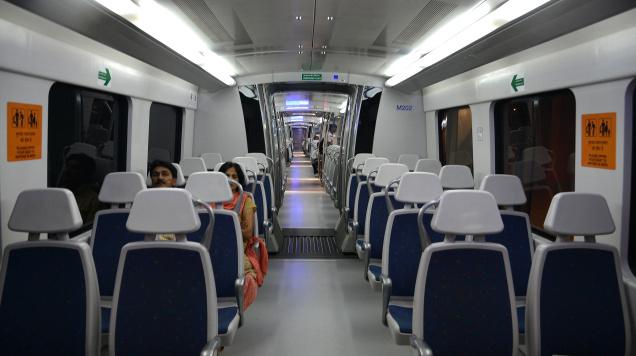

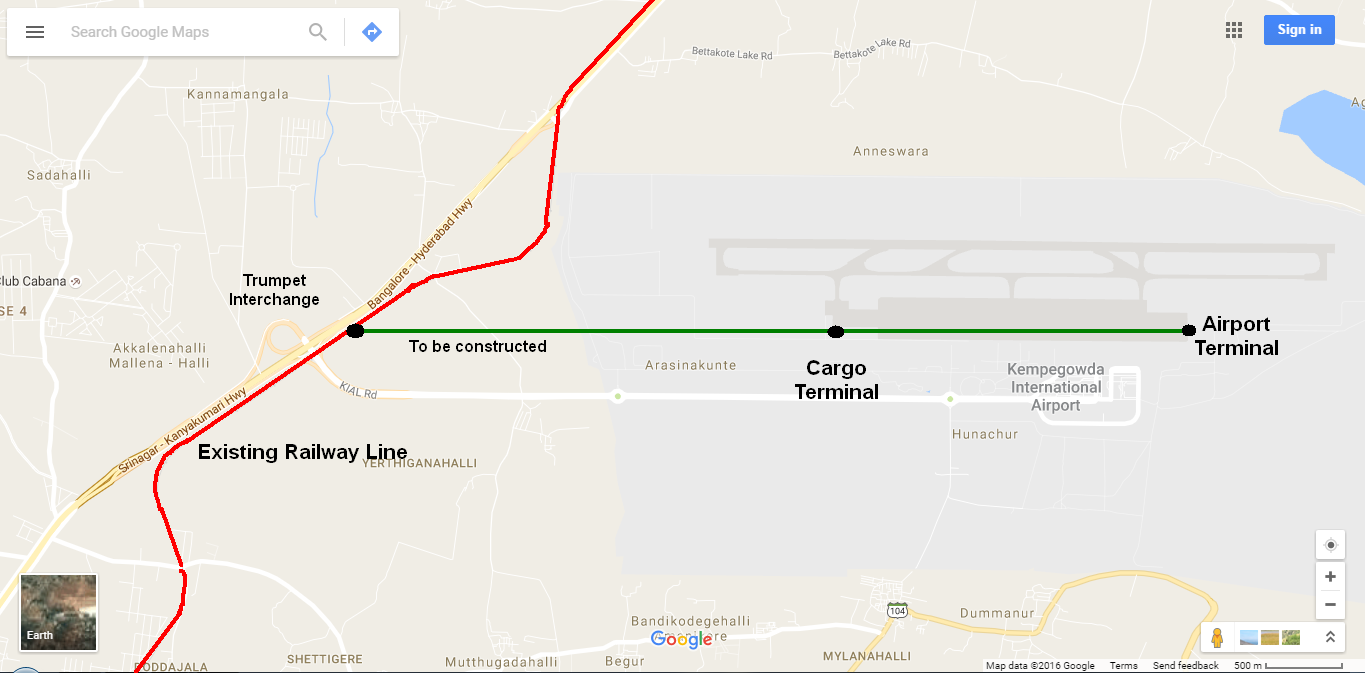
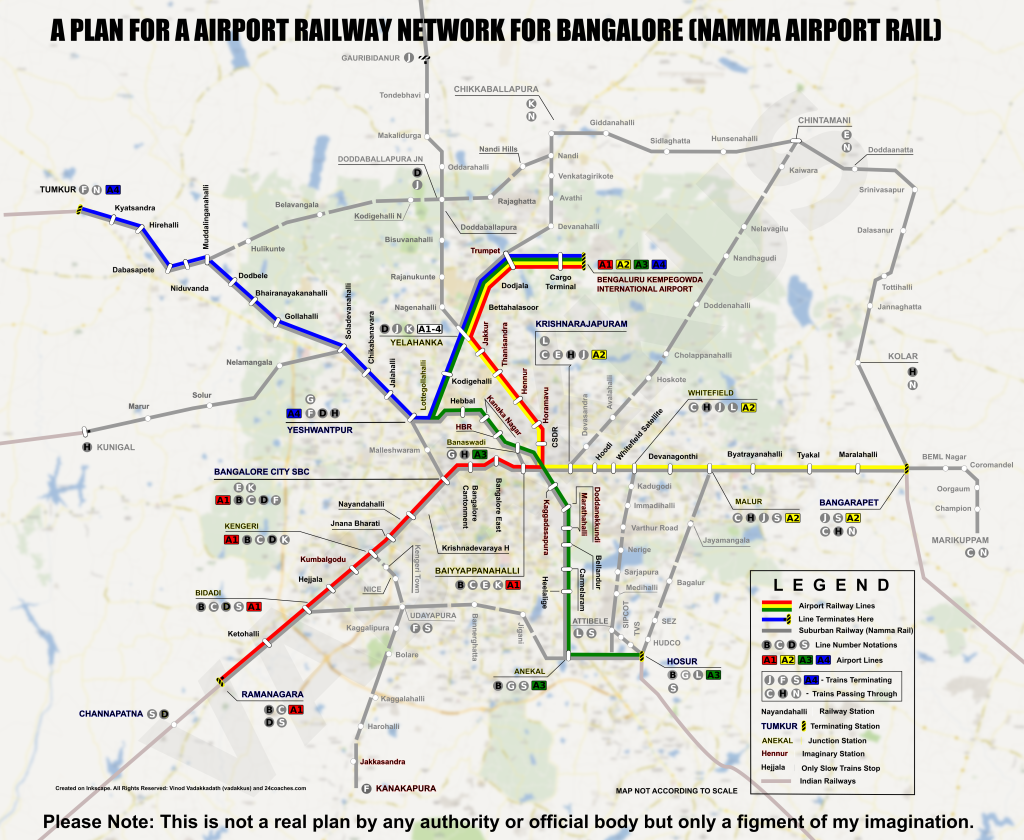
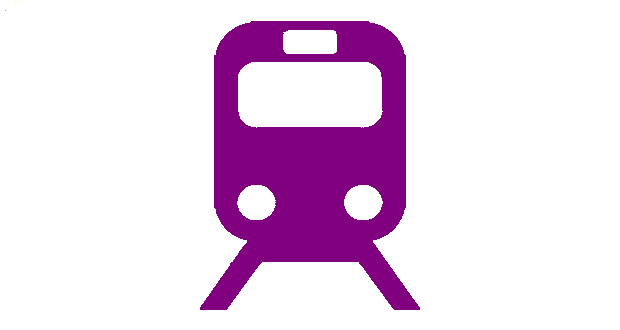
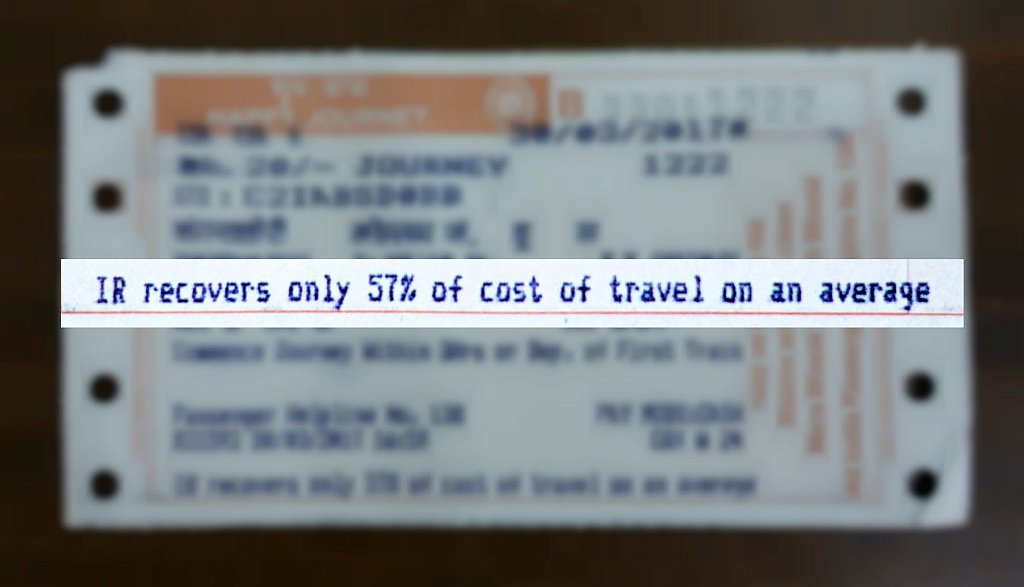

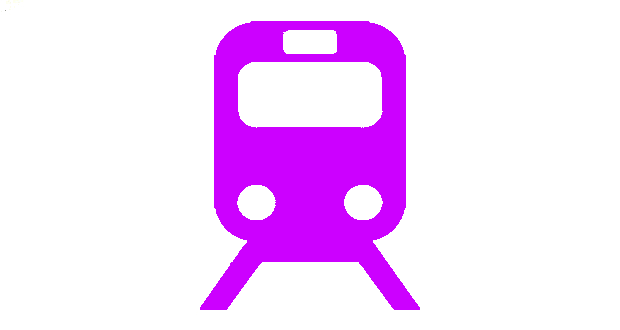
Chennai’s Suburban network has been connected to the Airport for more than 3 decades FYI.